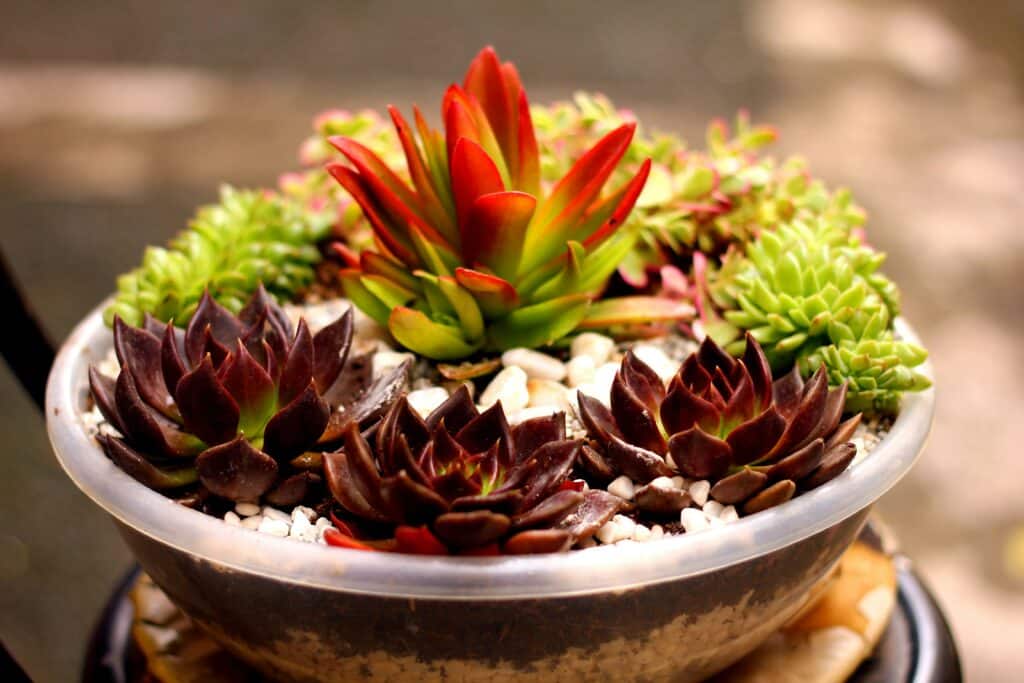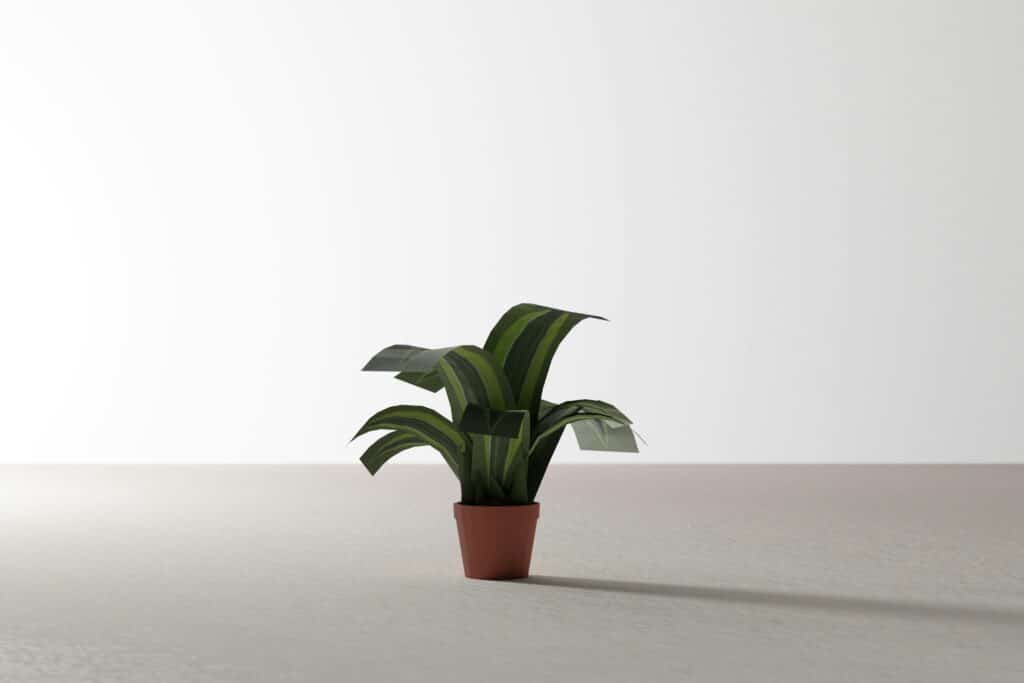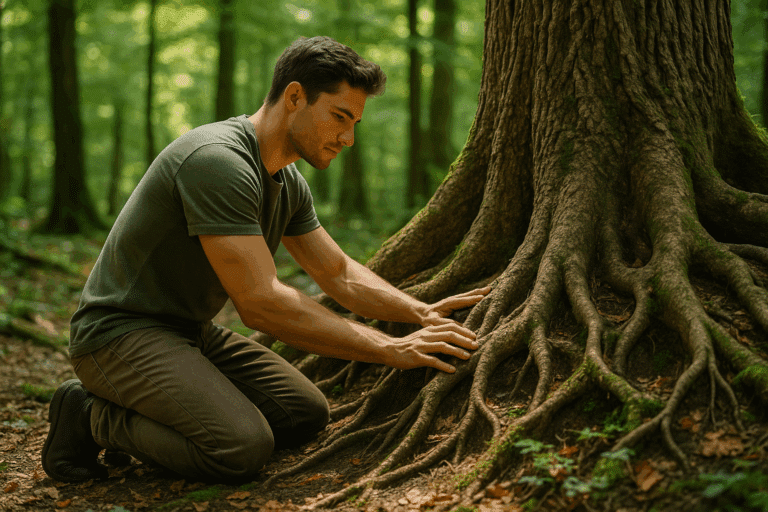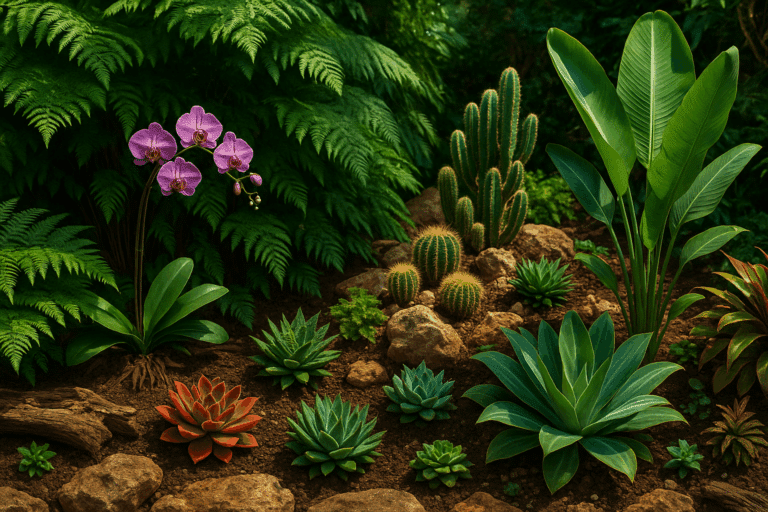Discover the power of the stunning Rubber Plant to transform your environment! Not just an ordinary houseplant, the Rubber Plant is a slow-growing, robust beauty that can serve as a remarkable statement piece, enhancing your decor with its lush foliage and impressive stature.

In this captivating read, we will dive deep into the world of Rubber Plants, unveiling their charm and explaining how their unique attributes can breathe life into your interiors. From detailing the perfect conditions to foster their growth to sharing tips on how to maintain their health and shine, we’ve got all bases covered.
So get ready to embark on this botanical journey, where we will unravel the secrets of using a Rubber Plant to make a bold aesthetic statement. Whether you are a plant enthusiast or someone simply looking to revamp your space, this intriguing exploration is sure to leave you inspired. 🌿🌱🍃
The Transformational Power of the Rubber Plant
As an evergreen tree native to Southeast Asia, the rubber plant, scientifically known as Ficus elastica, stands out as an exceptional statement piece for your space. This slow-growing beauty possesses a charm that can effortlessly transform any room into a hub of sophistication and tranquility. In addition to the aesthetic benefits, the rubber plant is also appreciated for its ability to purify indoor air, making it a healthy and stylish choice for your interior décor.
The Unique Aesthetics of the Rubber Plant
One of the most striking features of the rubber plant is its lush, glossy leaves. These leaves, ranging from a rich burgundy to dark green, offer an impressive display of color. This plant can quickly become the focal point of any room with its bold and luxurious appearance. When paired with other minimalist décor elements, the rubber plant can make a strong design statement.
Slow-Growing Beauty with Easy Maintenance
Despite its lush appearance, the rubber plant is surprisingly low-maintenance. It thrives in a variety of conditions, making it an ideal choice for both beginners and seasoned plant enthusiasts. With adequate care, this plant can grow up to 10 feet tall, although it’s slow-growing nature allows you to easily control its size.
How to Care for Your Rubber Plant
Maintaining the health and beauty of your rubber plant requires a careful balance of several factors.
Lighting
Rubber plants prefer bright, indirect light. Position your plant near a window with filtered light for optimal growth. However, they can also tolerate lower light conditions.
Watering
Rubber plants require moderate watering. Keep the soil moist but not waterlogged. Watering should be reduced during the colder months.
Temperature and Humidity
Rubber plants thrive in temperatures between 60 and 75 degrees Fahrenheit. They also enjoy a high humidity environment, but they can adapt to average household humidity levels.
Common Issues and How to Troubleshoot Them
Although rubber plants are generally easy to care for, they can occasionally experience issues that, if not addressed promptly, may affect their health and appearance. Understanding common problems and their solutions is crucial for keeping your rubber plant vibrant and flourishing.
Yellow Leaves
Yellowing leaves are often one of the first signs that your rubber plant is not entirely happy. In most cases, this condition is related to overwatering. Rubber plants dislike sitting in soggy soil, which can cause the roots to become waterlogged and oxygen-starved. This, in turn, leads to root rot and visible leaf discoloration.
To remedy this issue, allow the top inch or two of soil to dry out before watering again. Check the bottom of your pot for proper drainage holes and consider using a well-draining potting mix. During winter, the plant’s water needs decrease significantly, so adjust your watering schedule accordingly. If you’ve recently repotted your rubber plant or moved it to a cooler area, it’s also possible the plant is simply adjusting to its new environment.
Leaf Drop
Rubber plants are sensitive to abrupt changes in their environment, and this sensitivity often manifests in the form of leaf drop. This is especially common after a move, seasonal temperature shift, or a sudden change in lighting conditions.
To minimize stress, avoid moving your plant frequently, and when a relocation is necessary, introduce changes gradually. For instance, if you’re transitioning your plant to a brighter location, do so incrementally over several days to allow it to adapt. Keeping the plant in a draft-free area and maintaining consistent indoor temperatures will also help prevent leaf drop. If your plant does lose a few leaves, don’t panic—it can bounce back with stable care and the right environment.
Brown Leaf Tips
Brown tips on your rubber plant’s leaves often indicate low humidity levels. Though the plant can tolerate average indoor humidity, extremely dry air—especially during winter when heating systems are in use—can take a toll on its foliage.
To increase humidity, place a shallow tray of water near the plant or group it with other houseplants to create a more humid microclimate. You can also use a humidifier in the room or lightly mist the leaves a few times a week. Be cautious not to over-mist, as constant wet leaves can invite fungal issues. Monitoring indoor humidity levels with a simple hygrometer can be helpful for maintaining an optimal environment.
Pests and Insect Infestation
Though rubber plants are relatively resilient, they can occasionally fall prey to common houseplant pests such as spider mites, mealybugs, and scale insects. These pests often appear as tiny dots or cotton-like clusters on the undersides of leaves and stems.
Regular inspection is key to early detection. If pests are spotted, isolate the plant immediately to prevent the infestation from spreading. Wipe down the leaves with a damp cloth or spray the plant with a gentle solution of water and dish soap. For more persistent infestations, neem oil or insecticidal soap can be effective. Repeating the treatment every few days over a couple of weeks ensures all life stages of the pests are addressed.
Benefits of Having a Rubber Plant
Apart from the aesthetic appeal, rubber plants offer numerous benefits that make them a valuable addition to any home or office. Their rich green foliage is not only striking but also functional in ways that enhance your overall indoor living experience.
Air Purification
One of the most compelling reasons to keep a rubber plant indoors is its air-purifying capabilities. Research conducted by NASA and other institutions has shown that many houseplants can remove harmful toxins such as formaldehyde, benzene, and xylene from indoor air. Rubber plants are particularly efficient at this task due to their large leaves, which provide an ample surface area for absorbing airborne contaminants.
Cleaner air contributes to a healthier living environment, especially for those who suffer from allergies, asthma, or other respiratory issues. In today’s world of sealed buildings and artificial ventilation, having a natural air filter like the rubber plant can significantly improve indoor air quality and promote well-being.
Boosting Mood
Being surrounded by nature—even indoors—has been linked to improved mood and emotional health. The presence of houseplants such as rubber plants can have a calming effect, reducing stress levels and creating a more serene atmosphere.
The act of caring for a living plant can also be therapeutic. Watering, pruning, and tending to your rubber plant fosters a sense of responsibility and mindfulness. For people who live in urban settings without access to gardens or green spaces, indoor plants provide a vital connection to nature, promoting mental balance and tranquility.
Enhancing Focus
Rubber plants are not only visually appealing but also contribute to increased productivity and concentration. Studies suggest that having greenery in your workspace or study area can improve attention span, reduce mental fatigue, and foster creativity.
Incorporating a rubber plant into your home office setup can make your work environment more stimulating and pleasant. Unlike cluttered or stark office spaces, a room with a touch of nature encourages better cognitive function and mental clarity. Whether you’re working on a complex project or simply reading a book, a rubber plant nearby may help you stay grounded and focused.
Creating a Calming Ambiance
The presence of a rubber plant in a room adds more than just a decorative element—it also creates a sense of calm and serenity. The rich green hues and gently arching leaves contribute to a peaceful setting, which is especially valuable in spaces meant for relaxation, such as bedrooms and living rooms.
Strategically placing your rubber plant in a reading nook, meditation corner, or beside your favorite armchair can enhance your sense of comfort and relaxation. Lighting a candle nearby or playing soft background music will complement the natural vibe, turning an ordinary room into a sanctuary of calm.
Encouraging Eco-Friendly Living
Having a rubber plant in your home is also a subtle nod to sustainable living. Unlike synthetic decorative items, live plants are renewable and biodegradable. They require no electricity to operate and offer long-term benefits without generating waste.
Choosing to decorate your space with living plants, including the rubber plant, signals a shift toward more conscious and eco-friendly choices. It’s a small step that contributes to a larger lifestyle philosophy rooted in balance, sustainability, and respect for the natural world.
Improving Indoor Acoustics
An often-overlooked benefit of having indoor plants is their ability to absorb sound. Rubber plants, with their broad, thick leaves, can help dampen ambient noise, especially in rooms with hard surfaces like wood or tile floors.
This acoustic benefit makes the rubber plant a smart addition to apartments, home offices, or shared living spaces where reducing echo and softening sound can significantly improve the overall atmosphere. Grouping multiple plants together or placing them in echo-prone areas can further enhance their sound-absorbing qualities.
Aesthetic Versatility
From a design standpoint, rubber plants are incredibly versatile. Their bold foliage complements a wide range of interior styles—from bohemian and rustic to contemporary and industrial. Their ability to grow tall makes them an ideal choice for floor placement, adding height and dimension to a room.
Moreover, the rubber plant’s leaves come in various colors and textures depending on the variety. Some cultivars offer variegated patterns or subtle burgundy tones, allowing homeowners to choose a plant that best fits their existing decor. This level of customization adds a personal touch that synthetic decor simply cannot match.
A Long-Term Companion
Unlike many fast-growing or short-lived plants, the rubber plant is a long-term companion that grows slowly and steadily. This slow growth means that, with proper care, your plant can be a fixture in your home for many years, even decades.
As it matures, the rubber plant can develop a woody stem, giving it the look of a small indoor tree. Watching it grow and change over time adds an element of continuity and connection to your space. It becomes more than just a decorative object—it becomes a part of your home’s story.
Styling Your Rubber Plant
The rubber plant’s versatility makes it a standout in various design schemes.

Using as a Standalone Piece
With its tall stature and bold leaves, the rubber plant can serve as a standalone piece in a room. Place it in a stylish pot and let it command attention.
Creating a Green Corner
Cluster your rubber plant with other indoor plants to create a lush, green corner. This setup can help create a relaxing, natural sanctuary within your home.
Pairing with Minimalist Décor
The bold, lush appearance of the rubber plant pairs well with minimalist décor. Its rich color provides a nice contrast against neutral tones, making it a great choice for modern and contemporary interiors.
In summary, the rubber plant is not only an attractive addition to your home or office but also a valuable one. With its air-purifying qualities, mood-boosting effects, and aesthetic appeal, this slow-growing beauty can truly transform your space.
Conclusion
In summary, transforming your space with a Rubber Plant statement piece can truly revolutionize your home’s ambiance. This slow-growing beauty not only enhances your interior design but also contributes positively to your overall wellbeing, making it a worthwhile investment. The richness of its glossy leaves provides a bold statement, infusing a touch of nature’s grandeur into your living or working environment.
Moreover, it’s remarkable how such a simple addition can have an enormous impact on your space. The Rubber Plant is not just a decor piece; it’s an expression of style, personality, and a nod to sustainable living. Its slow growth rate adds a unique charm, making it a piece that evolves with you over time.
Remember, plant placement is key. Let your Rubber Plant be the star of the room, ensuring it’s in a spot that complements its beauty while allowing it to thrive. A little light, some watering, and a lot of love is all it takes to keep this plant happy and your space refreshed.
So, if you’re looking to make a bold, environmentally friendly statement, consider a Rubber Plant. Its undeniable appeal and easy maintenance make it a standout choice. Embrace the transformation and make your space truly yours with this exquisite, slow-growing beauty.



